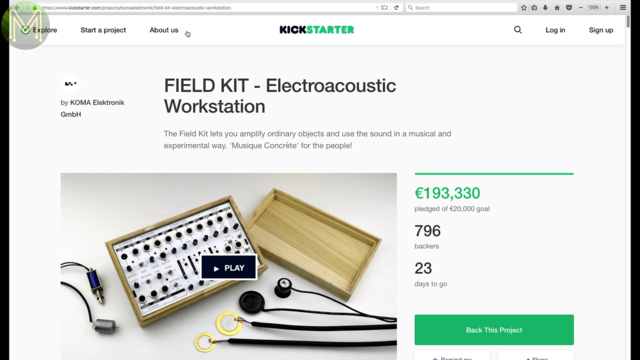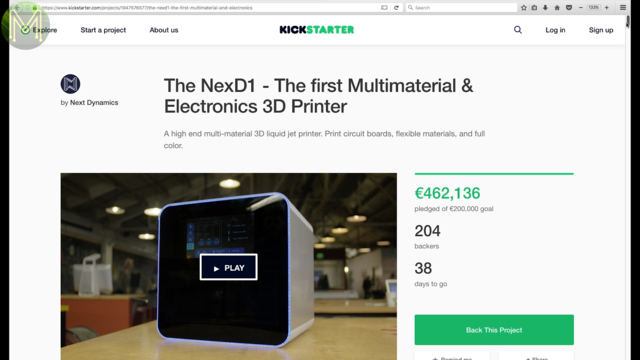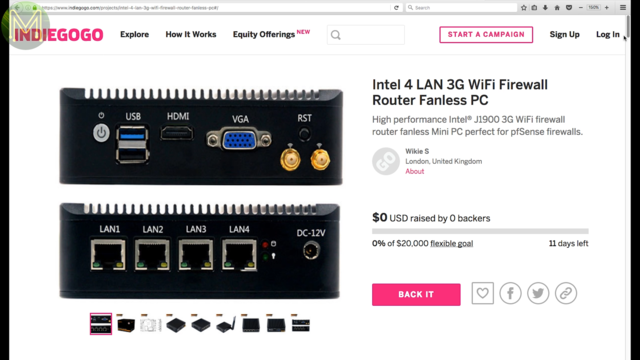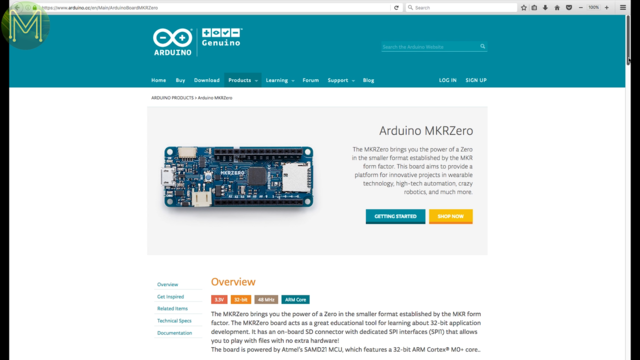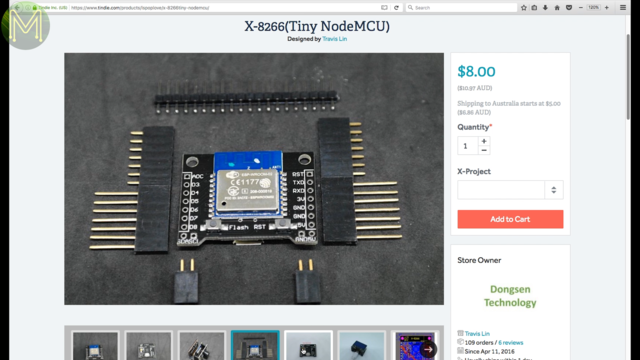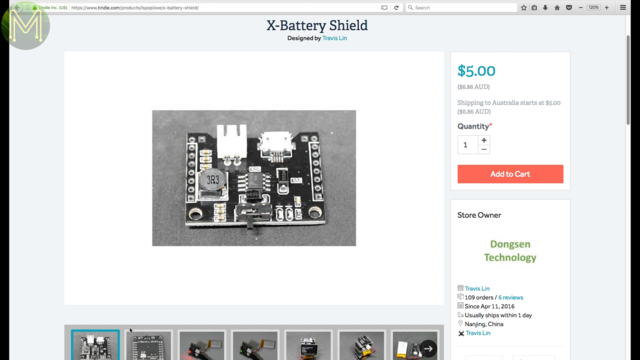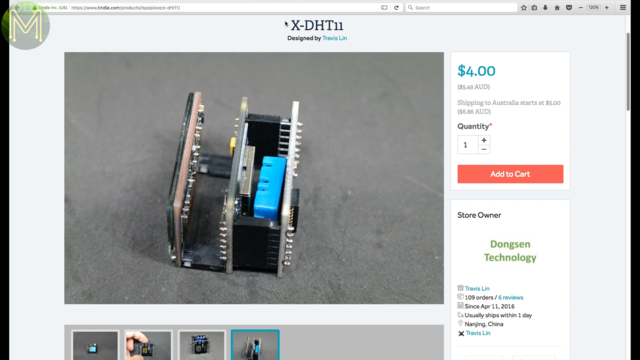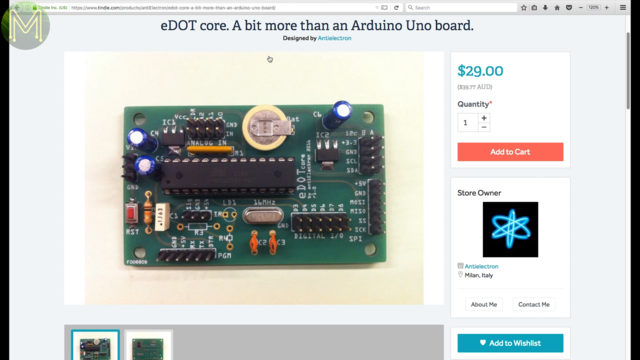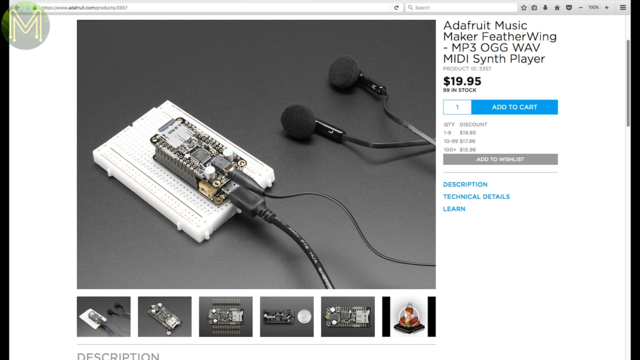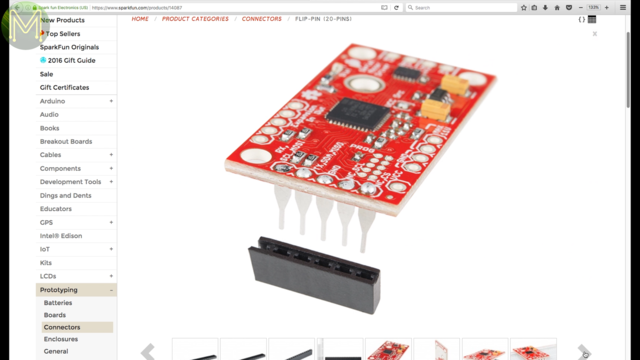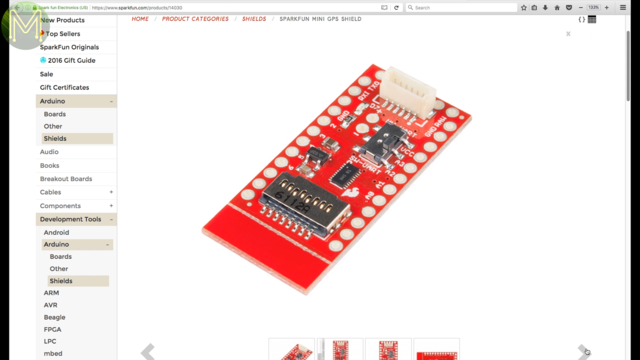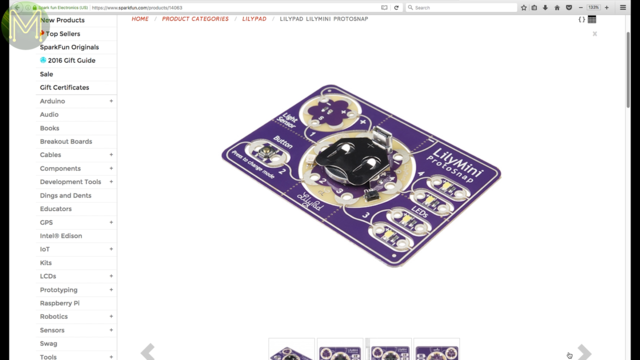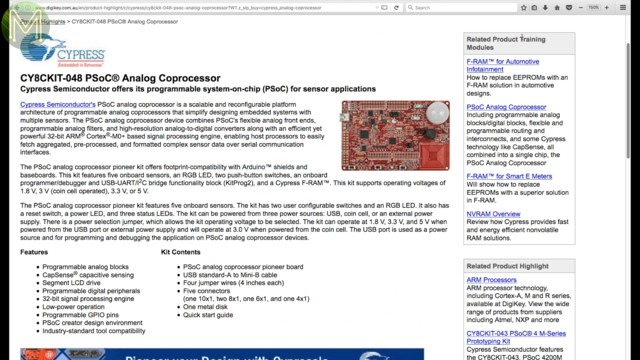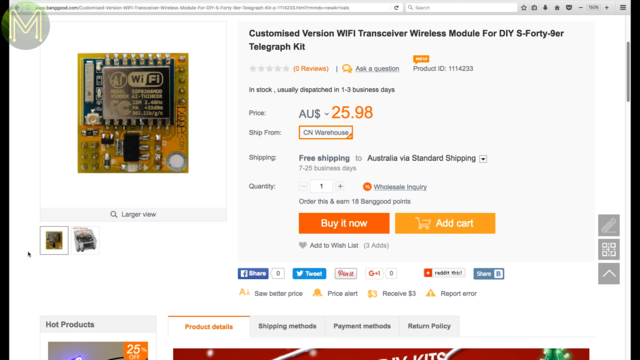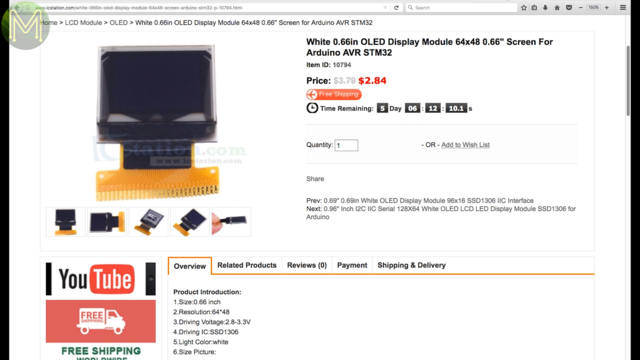Weekly Roundup #17 - New Maker Products // News
This week’s Weekly Roundup we have the #NexD1 #IMUtion #RhinoSmart #Airblock #Tsubasa #RetroEngine #MKRZero #FlipPin
Crowd Funding
KickStarter
KickStarter is a bit quiet… … but there’s a robot!
IMUtion
The IMUtion is a small module with onboard Bluetooth, ARM M4F MCU, 16M flash and a 9DOF IMU.The development platform also contains WiFi, LCD and extra battery pack.
It’s yet another wireless motion sensor module that’s reasonably priced.
Electroacoustic Workstation
This analog acoustic kit is similar to the MakeyMakey, but instead has a four input mixer for microphones, motors and piezos. It also has an AM/FM radio input, envelope follower and low frequency oscillator.Bobbie 1S Robot.
Oh good grief Bobbie is back again! Look at that! Moving on…Rhino Smart
If you have a RhinoPrinter and suffer from filament jams then this might interest you. The Rhino Smart will detect filament jams and pause the print job for you. It’s been through a number of revisions so looks like a solid product.The NexD1
The NexD1 promises to be a high end multi-material liquid inkjet 3D printer that can even print PCBs.The claim is that you can print up to 6 different materials at the same time and has a great water soluble support material.
I can print down to 10micron accuracy at 8 inch cubed print bed. Has touch control and WiFi connectivity.
If you have a spare 4 grand then check this out.
Ant Union (StrongArm)
The other end of the spectrum there’s the Ant Union StrongArm which is a regular 3D printer capable of printing large volume objects in a variety of materials with a layer resolution of 40 to 350 microns.IndieGoGo
A couple of Kickstarters have found their way onto IndieGoGo.
Airblock
The Airblock was in one of my previous roundups, which is a modular drone with components magnetically held together.iResistors, iCapacitor&iLed
UPDATE: This campaign creator was also on KickStarter with a failed delivery. One to avoid in future!and iResistors which creates common SMD resistor, capacitor and LEDs into a breadboard friendly format.
PocketLab Voyager
PocketLab is yet another wireless sensor, but this one seems to have everything in it.There’s two models:
One with rangefinder, 9DOF IMU, altitude, temperature, humidity, barometer, and Lux sensor and the other includes esoteric things like dew point and heat index.
Both are accessible via bluetooth.
Tsubasa V3
The Tsubasa is interesting. It’s a small fixed wing drone weighing only 250g.Why is this important? If you live in Italy and several other countries there’s a weight limit. Anything under 300 grams has some relaxed regulations.
Comes with solar panels giving you 15 minutes of air time and contains 2.4GHz radio, LiPos, GPS, AdaPilot board and mounts for a camera.
Firewall Router Fanless PC
This one I included because a lot of my subscribers ask me about cheap fanless PCs with router capability.Well here it is. Contains an Intel J1900 quad core CPU, WiFi, 4G SIM, HDMI, mSATA and also SATA, and 4 Gigabit ports. Supports up to 8G DDR3 and runs pretty much all the variants of Linux.
RetroEngine Sigma
Another one that isn’t really a Maker product, but some of you might be interested in. The RetroEngine Sigma is similar to the previous one, but designed for retro arcade and console gaming. Heck it even looks like a 80s console. It runs the quad core AllWinner H3, 512M RAM, 2x USB, SD slot, WiFi, and HDMI. Basically everything you need to get back into retro gaming.Honorable mentions
Arduino MKRZero
The Arduino MKRZero is here! Hey another product called the Zero! What is it with that word that is so popular?It’s very similar to AdaFruit’s Huzzah. Actually very similar but runs the Atmel SAMD21 MCU, LiPo battery support, RTC and a swag of GPIOs that are NOT 5v tolerant.
Maker Shops
Tindie
Tindie? Only a few things.
X-8266
Over at Tindie there’s the X-8266 which is a small NodeMCU board that is designed to be stackable.Comes with a number of add-ons like…
X-Battery Shield
… a battery shield…X-DHT11
…and sensors and displays.eDOT core
The eDOT core is an ATmega 328 based board that contains a battery backed RTC. It’s classic through hole construction, but not that many boards have onboard RTC.AdaFruit, Seeed, SparkFun, DFRobot, DigiKey
Grove - LoRa Radio 433MHz
Over at Seeed they have some Grove based LoRa modules which uses the RFM98 radio containing an ATmega168. This one transmits at 433MHz…Grove - LoRa Radio 868MHz
… and there’s also an 868MHz version as well.Pimoroni Rainbow HAT for Android Things
AdaFruit have their Rainbow Hat for androidthings which contains capacitive touch, temperature and pressure sensors, piezos and LEDs.If you want to add some control mechanisms to your project then this is pretty good.
Adafruit Music Maker FeatherWing
Nice! AdaFruit also have an audio player called the Music Maker FeatherWing which runs the VS1053B codec chip which can handle pretty much any audio format you can throw at it. Has SD slot and stereo audio out.Flip-Pin
The Flip-Pin is a great idea. I’m surprised no one thought of it before. It’s essentially a row of inverted pins that turns any breakout board into a standard IC package. Much lower profile than using header pins and comes in a plastic holder so you can solder those little buggers in without them going everywhere.Mini GPS Shield
SparkFun have a cheap GPS shield that allows you to slot in a GP-735 GPS module an onboard SD slot…LilyPad LilyMini ProtoSnap
… and also a credit card sized LilyPad starter kit that contains a LilyMini and a few sensors to get you started in e-textiles.CY8CKIT-048 PSoC® Analog Coprocessor
Now if you’re really serious about your analog sensors, then this analog coprocessor board contains a PSoC signal processing engine and a flexible analog front-end. The intent is to give you a reliable platform in the cases where accuracy is critical.The Cheap Side
Meanwhile in China there’s…



